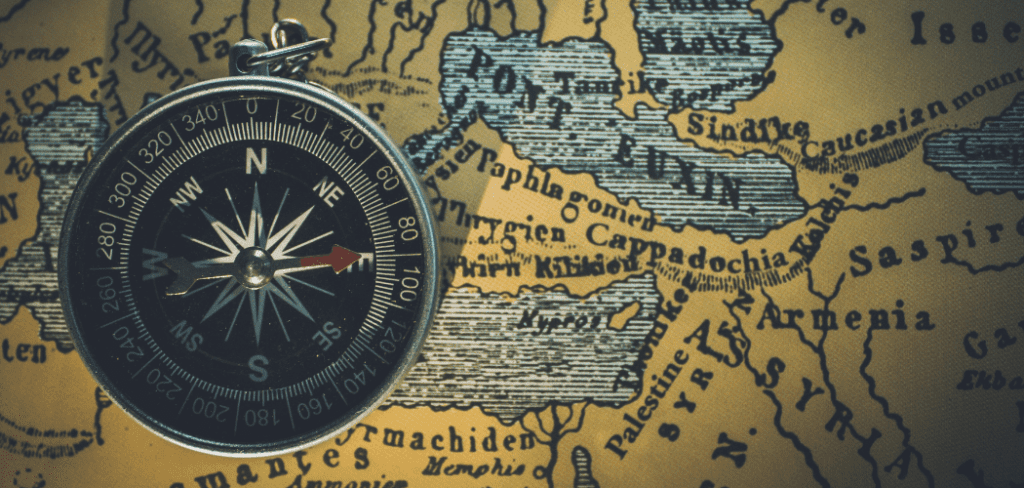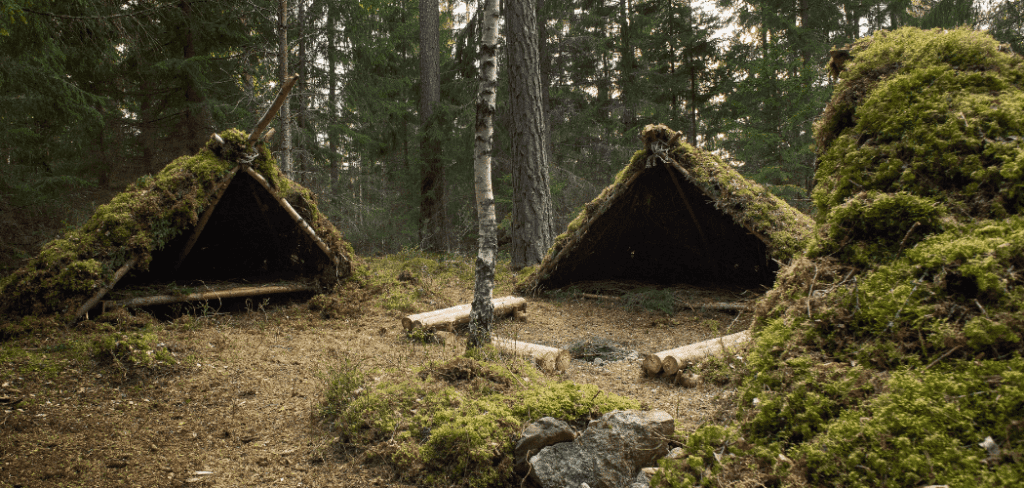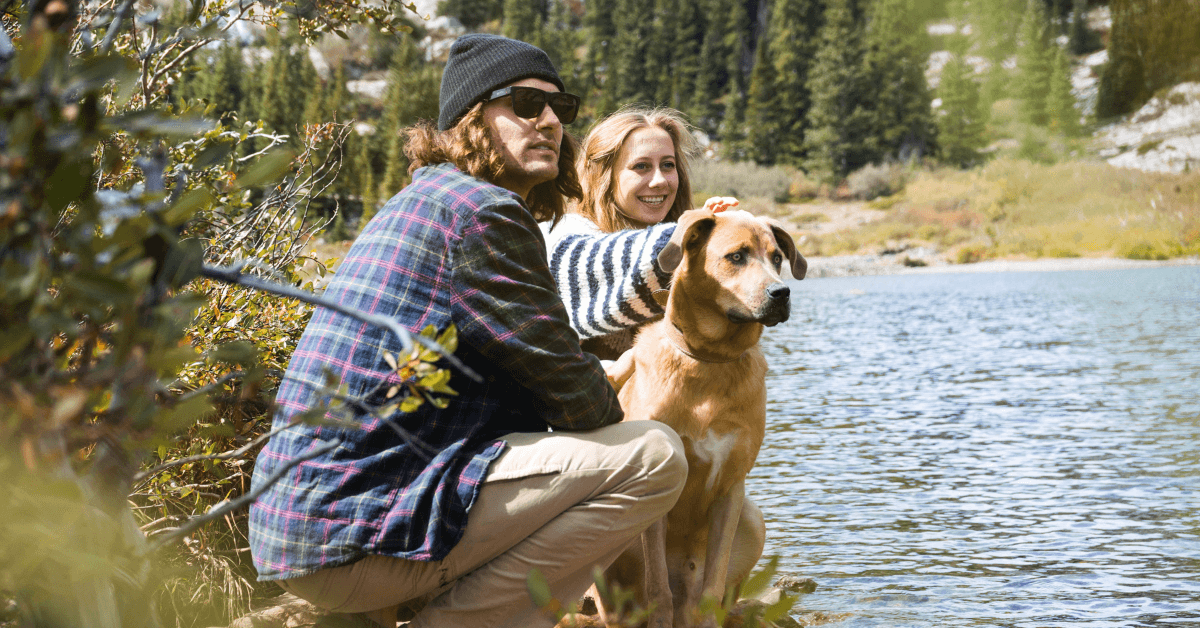Are you tired of the same old post-hike routine? Look no further! In this article, we will take you on a journey to discover the most exciting and fun things to do after a hike. From indulging in a delicious meal to trying out a new adventure sport, the possibilities are endless.
Whether you’re a solo hiker or part of a group, you’ll find something that suits your taste. So put on your hiking boots and get ready to explore the ultimate list of post-hike activities that will make your outdoor experience even more enjoyable.
1. Stargazing
Stargazing can be a great idea after a long hike, as it allows you to take in the beauty of the night sky and relax after a day filled with physical activity. Being in nature can also make the experience more enjoyable, as it allows you to get a better view of the stars now that you’re away from light pollution.
That said, it’s important to note that stargazing after a long hike may not be suitable for everyone. For example, if you have health conditions such as neck or back pain, it may be uncomfortable to lie down on the ground to look at the stars.
Also, if you are too tired after the hike, it may be difficult to stay awake long enough to enjoy the stargazing. In addition, stargazing requires good weather conditions and clear sky, if the sky is cloudy or it’s raining, it may not be the best idea to spend time stargazing.
All the bad vibes aside, if you decide to do it, it’s best to bring a blanket or a portable chair to sit on, and a pair of binoculars or a telescope (if you have one) to get a better view of the stars.
Ultimately, whether or not stargazing is a great idea after a long hike depends on your personal preference and physical condition. It’s a great way to unwind and enjoy the beauty of nature, but it’s important to listen to your body and do what feels best for you.
2. Orienteering
Orienteering can be a fun idea after a long hike, as it provides an additional challenge and allows you to test your navigation and map reading skills. It also allows you to continue exploring the area and spend more time outdoors. It can be a great way to add some excitement to your post-hike routine, and it’s a fun and challenging way to explore new areas.
For those who don’t know what orienteering is, it’s a competitive sport that involves navigation using a map and compass. The goal is to navigate through a defined course in the fastest time possible, while stopping at control points along the way to prove that you have been there.
It’s also a great way to improve your navigation and map reading skills. Orienteering is typically done in natural and semi-natural environments, such as woods, parks, and mountains, and it can be done individually or in a group.
Regarding how extensive they can get, orienteering events can vary in length, from a few miles to more than 20 miles, and can take anywhere from a few hours to a full day to complete. The sport can be enjoyed by people of all ages and skill levels, and there are often different classes for different age groups and skill levels.
Related: Why Is Yogurt Not Good For Hiking?
3. Play Tourist in the Nearest Town
Playing tourist in the nearest town after a long hike can be a great idea as it allows you to explore new places and discover new things. Visiting a local town can be a great way to experience the culture and history of the area, and it can also provide a change of pace after a long hike
You can check out local museums and historical sites, try out new restaurants and cafes, or even go shopping. It can be a fun and interesting way to spend your post-hike downtime.
Additionally, if you’re hiking in a remote area, playing tourist in the nearest town may be a great way to re-connect with civilization and get access to amenities like a hot shower, a comfortable bed, or even internet connection.
However, it’s important to keep in mind that playing tourist in the nearest town can be tiring and it might not be the best idea if you’re feeling very tired after your hike. It’s also important to consider the distance to the nearest town and the time it takes to get there. In some cases, you might have to spend a lot of time traveling and might not have enough time to enjoy the town.
4. Geocaching

Geocaching can be a fun activity to try after a hike as it combines hiking with a treasure hunting game. The goal of geocaching is to find hidden containers, called “geocaches,” using a GPS device or smartphone app. Each geocache contains a logbook for you to sign and sometimes small trinkets or toys to exchange. It can be a fun and exciting way to explore the area and discover new things.
Geocaching can also be a great activity to do with friends and family. It can be a fun and exciting way to bond with others while exploring the outdoors. It can also help improve your navigation and problem-solving skills.
It’s important to keep in mind that geocaching requires a GPS device or smartphone, and it’s a good idea to have a basic understanding of how to use them before attempting it. It’s also important to be aware of the regulations and rules of the area where you plan to go geocaching and to make sure that you’re not disturbing any sensitive areas.
5. Go Rollerskating
Rollerskating allows you to continue being active and enjoy the outdoors, and is also a low-impact activity that can help to improve cardiovascular health and coordination, and a great way to cool off after a hot hike.
What’s more? Rollerskating can be a great way to explore the area and discover new things, especially if you’re hiking in an urban area with a good network of bike paths or roller skating trails. It also can be a fun and exciting way to bond with friends and family.
On the other hand, it’s important to keep in mind that rollerskating requires a certain level of skill and balance, and it’s a good idea to have some basic knowledge and practice before attempting it. This will ensure a safe and enjoyable experience. Also, it’s important to wear the appropriate safety gear such as a helmet, wrist guards and knee pads.
Additionally, it’s important to consider the condition of the terrain, if the area where you’re hiking has rough terrain or steep hills, rollerskating might not be the best idea, as it can be challenging or even dangerous.
6. Savoring A Delicious Meal
After a long hike, it’s important to take the time to relax and rejuvenate. One of the best ways to do this is by indulging in a delicious meal. Whether you’re craving a hearty sandwich or a gourmet meal, there are plenty of options to choose from.
Many hiking trails have nearby restaurants or cafes that offer great food. You can also plan ahead and pack a picnic lunch to enjoy at a scenic spot along the trail or at the end of your hike.
That said, note that there are certain foods best avoided or taken in moderation after a hike because they can have negative effects on the body. Here are a few examples:
- Processed foods: Foods that are high in sugar, salt and preservatives, can cause inflammation and disrupt the balance of electrolytes in the body. This can lead to fatigue, cramping, and other issues.
- Fried foods: Fried foods are high in fat and can be difficult for the body to digest, especially after a long hike when the body is already working hard to recover.
- High-fat meats: Eating a lot of high-fat meats such as bacon or sausages can put a strain on the digestive system and can also lead to inflammation.
- Caffeine and alcohol: Consuming these substances can dehydrate the body and disrupt the balance of electrolytes. It can also make it harder for the body to recover and repair muscle tissue.
- Dairy products: Some people may have difficulty digesting dairy products, especially after a hike when the body is already working hard to recover.
Related: Can Hiking Cause Foot And Ankle Paid During Pregnancy?
7. Camp or Lodge By A Mountain Lake

Camping by the mountain after a hike is a fun idea for several reasons:
- Scenic views: Camping by a mountain allows you to take in the beauty of the natural surroundings, including stunning views of the mountain and the surrounding landscape.
- Peace and quiet: Camping in a remote area away from the city can provide a peaceful and quiet environment, which is perfect for unwinding after a long hike.
- Even more nature connection: Camping by a mountain allows you to fully immerse yourself in nature, and can be a great way to connect with the natural world.
- Adventure: Camping by a mountain can also add an extra layer of adventure to your hike, as it allows you to spend a night in the wilderness and experience the unique challenges that come with it.
It’s important to note that camping by a mountain requires proper planning and preparation, including obtaining necessary permits, bringing the appropriate gear, and being aware of any potential hazards in the area. It’s also important to be respectful of the mountain and the wilderness, by following Leave No Trace principles, and by not disturbing the natural environment.
8. A Water Sport
If you’re looking for a more adventurous activity, why not try out a new water sport? Many hiking trails are located near bodies of water where you can go swimming, kayaking, or stand-up paddleboarding. Here is a complete rundown of water sports you can try:
- Swimming: Swimming is a great way to cool off and relax after a hike. It’s also a low-impact activity that can be enjoyed by people of all ages and skill levels.
- Kayaking or Canoeing: These are great ways to explore the water and can be a great way to relax after a hike. It can also be a great way to explore the area and discover new things.
- Stand-up Paddleboarding: Paddleboarding is a fun and challenging way to explore the water and it can also be a great way to work on balance and core strength.
- Rafting or tubing: These are great ways to enjoy the water with friends and family. They can also provide a fun and exciting way to cool off after a hike.
It’s important to remember to wear the appropriate safety gear such as life jackets and helmets and to be aware of the regulations and rules of the area where you plan to enjoy water sports.
